Auction block and chopping block. Two of Lexington’s historic, important houses in danger.
One is on the auction block, the other on the chopping block. One is internationally famous, the other, important to Kentucky’s cultural heritage.
The Miller House was designed and built in the late 1980s for Robert and Penny Miller by José Oubrerie, then the dean of the University of Kentucky College of Architecture and protege of French architect Le Corbusier, one of the pioneers of modern architecture. A series of Modernist concrete and wood cubes off Chilesburg Road, it attracted a devoted following of architects after Robert Miller’s death, but few who were willing or able to buy and live there. Saved from vandalism and total disrepair by a cadre of local architects and students, it finally found a new owner in 2018, Jennifer McClure, who said when she first walked in, “I just looked up and started twirling. It was so beautiful.”
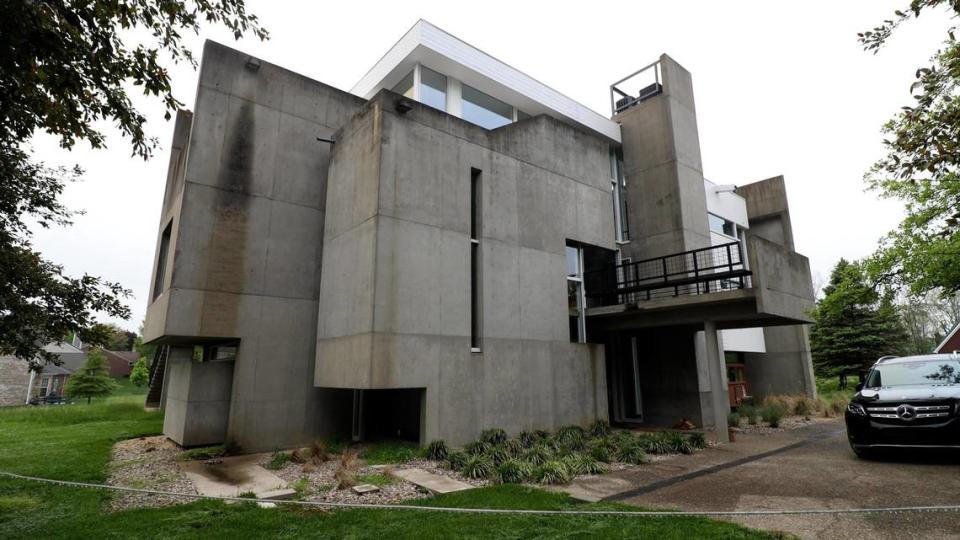
But after a breakup with her business partner, McClure is forced to sell in foreclosure in a Fayette Master Commissioner virtual auction on May 26. It’s a tough sell, the enormous house used to be surrounded by 30 acres of trees and a lake, but is now hemmed in by the large suburban dwellings of Lochmere Place. It has no legal protections, possibly the only thing that might stop demolition is the fact that the amount of poured concrete would make it too expensive.
That’s not the case for the Thomas Watkins House, located at the corner of South Broadway and Virginia Avenue. It was built in the late 1880s by architect and builder John McMurtry, who helped create much of Lexington’s early built environment, including Floral Hall at Red Mile, just across the way, houses like Botherum, Loudon House, the Thomas January House, along with Christ Church Cathedral and the original Sayre.
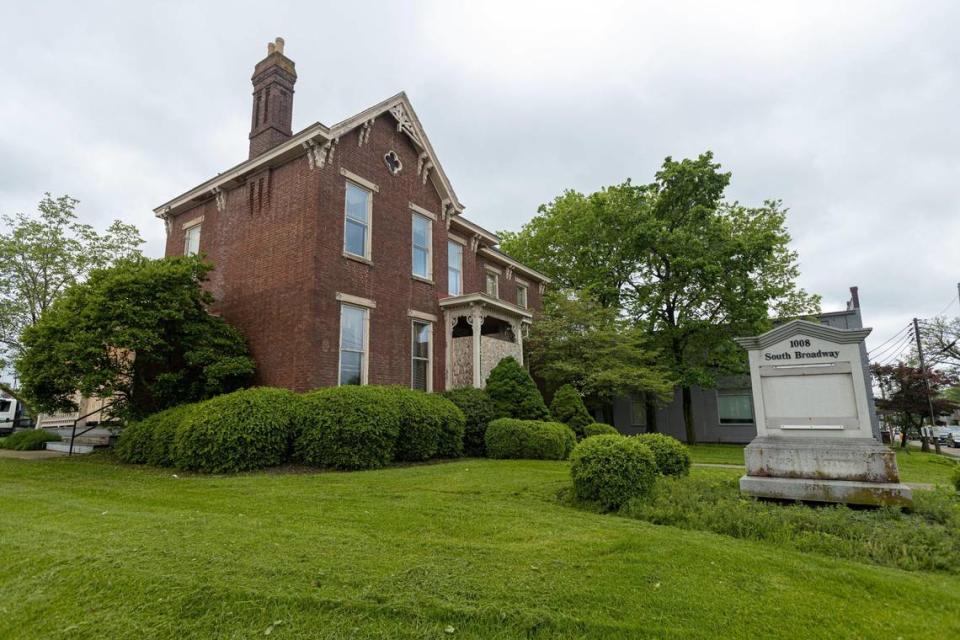
It’s owned by Virginia Way, according to the Secretary of State, an LLC owned by restaurateur and developer Phil Greer. Virginia Way has applied for a demolition permit for the house. Greer did not return calls for comment on what he has planned for the property, which was redeveloped several years ago into office space. A parking lot? An apartment building? Another steakhouse? Who knows? It has no legal protections either, nor any requirement that shows a higher and better use for the property once it’s torn down.
Two houses built almost 100 years apart express the diversity and strength of Lexington’s architecture. They are very different, and yet both show how even in a city that values preservation as much as Lexington does, it’s extremely challenging to protect remarkable individual properties when their context has been so radically transformed, along with a city’s ever-changing needs.
Historic protections
Here’s one thing that not many people appear to know about: It’s possible to get historic protection, what is known as H-1 in Lexington planning, for individual properties, rather than whole overlays of neighborhoods. But since that designation started back in the 1950s, it’s only been used to protect two properties: Historic St. Paul AME Church on North Upper Street, and Helm Place, a historic antebellum house with ties to Abraham Lincoln in southern Fayette County. For local designations, significance is stressed over time, so the Miller House could be eligible.
“There are finite range of options to protect properties, partly because Kentucky is a strong state for private property rights,” said Bettie Kerr, director of the city’s Historic Preservation department. “The options are limited to what people can do to assure the outcomes, but the key option of course is the H-1 overlay designation.”
And in the case of the Watkins House, would that have been appropriate? It now sits on one of the most commercially developed intersections in Lexington, on the same block as two major UK research buildings, near big neighborhoods of student housing. Its entire historic context has been removed. It would be hard to argue that a dense, multifamily apartment building would not be a higher use of the property; on the other hand, to lose a historic house to a parking lot would be much, much worse.
But Daniel Vivian, chair of UK’s Historic Preservation department, said there’s an important, but often overlooked argument in favor of preservation and adaptive reuse: sustainability.
“New construction and demolition is very materials and energy expensive,” he said. “The only reason it’s viable is that communities have not yet factored in environmental cost to the construction process.”
Vivian said roughly 25 percent of annual landfill deposits are construction and demolition waste. “This process we’ve gotten used to where buildings have a life cycle and when they’re presumed obsolete they’re torn down is unsustainable,” he said.
The Watkins House was fully renovated and restored when it was turned into offices. It could be the facade of more offices or apartments in the manner of Kimball House Square on South Lime, which added modern living spaces on the backs of Victorian facades.
Then there is the historical importance of tearing down the last house of one of Lexington’s most important builders, said Jackson Osborne of the Blue Grass Trust.
“It’s really sad what’s happening,” he said. “It would be nice if we looked toward more adaptive reuse for infill, and property owners would use easements and property covenants to protect them. Unfortunately people can demolish things without future substantial plans.”
‘A Picasso or Matisse’
McClure hopes that someone will buy the Miller House who loves and appreciates it as much as she does. One thing is for sure: It’s a screaming good deal. Bidding will probably start in the $400,000 range for a house that was assessed for nearly $5 million.
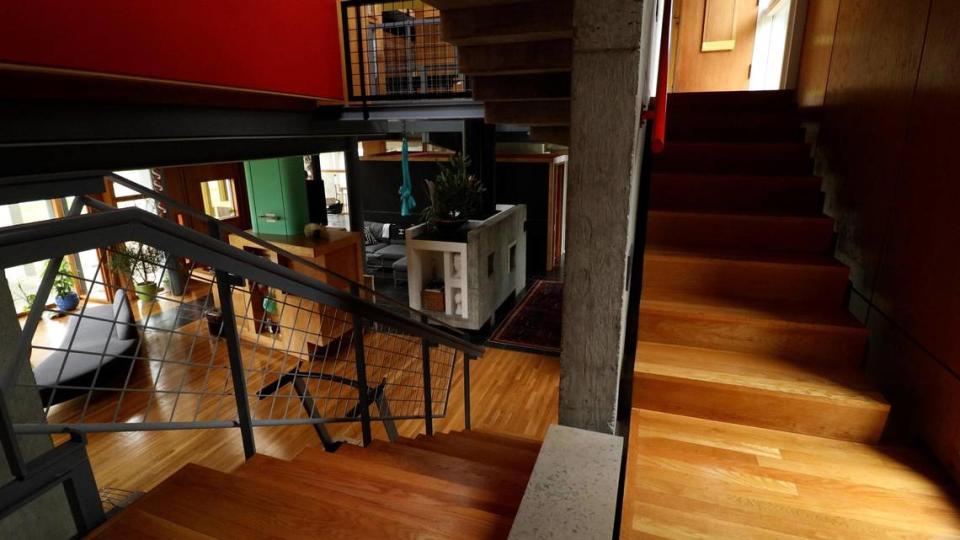
Lexington architect Scott Guyon put a lot of blood, sweat and his own money into trying to find a sustainable future for the house. “It is a primary example of French Modernist architecture at the level of importance in architecture that a Picasso or a Matisse painting would have in art,” he said.
Hundreds of articles, and at least one book have been written on the importance of the house; Guyon said when he created a foundation to save it, the house saw a steady stream of architectural tourists from all over the globe. He believes it should become a modern Henry Clay Estate, a kind of house museum that showcases modernism in the United States. Because each of its three bedrooms is really built like a two-floor suite, it could also be used to host events or visiting scholars to UK.
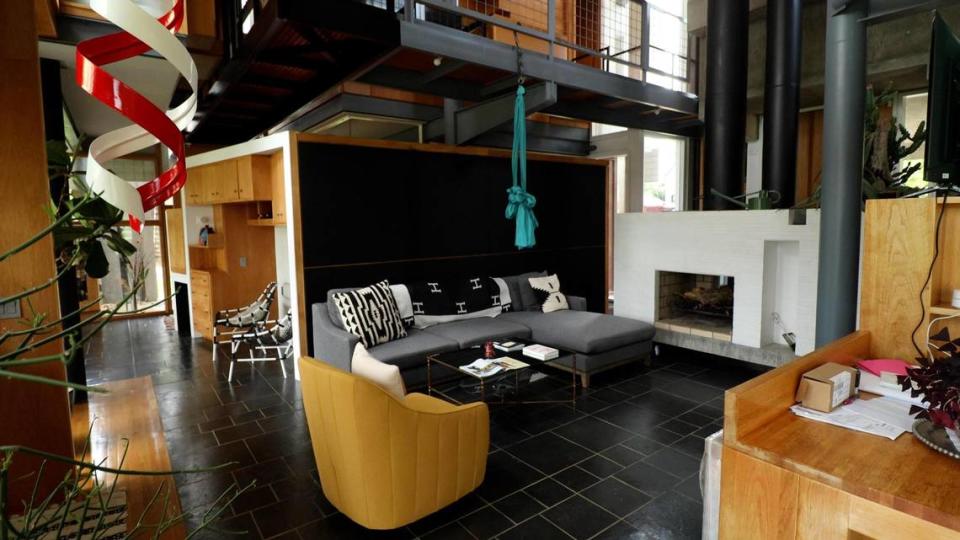
But the house’s harsh lines don’t fall into most Lexingtonians’ ideas of architecture, particularly not now that it’s surrounded by uber-traditional suburban houses.
“The fact that Lexington has failed to claim it — you’ve got a cultural asset here that is being ignored and even if you don’t like it you should save it for overall reasons of tourism in the Bluegrass,” Guyon said. “I think it’s another significant cultural destination that could be developed for Lexington and it’s been ignored and overlooked.”
Second best would be a private residence. Third, demolition, unthinkable.
And in the meantime, what can Lexington do to avoid the cycle of dire warnings, then gnashing of teeth over historic properties? Publicize the individual H-1 designation. Require future plans before anyone gets a demolition permit.
“If you have to show a development plan for a zone change, then why don’t you have to do it for demolition?” asked Blake Hall, author of Build a Better Lexington blog. Hall is not always a fan of H-1 overlays because he thinks they’re used as an anti-development tool, but “there are things we want to dissuade like surface parking lots or drive-throughs. What is replacing that old house is the question that needs to be balanced.”
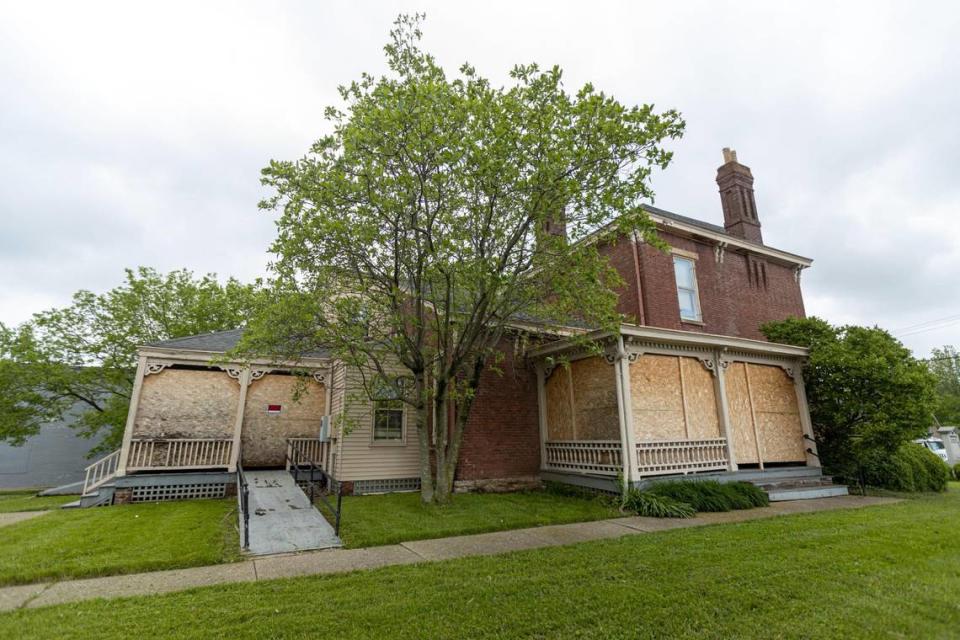

 Yahoo Movies
Yahoo Movies 
